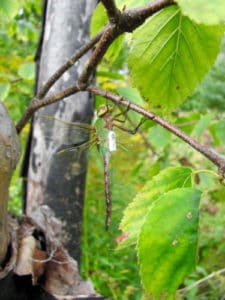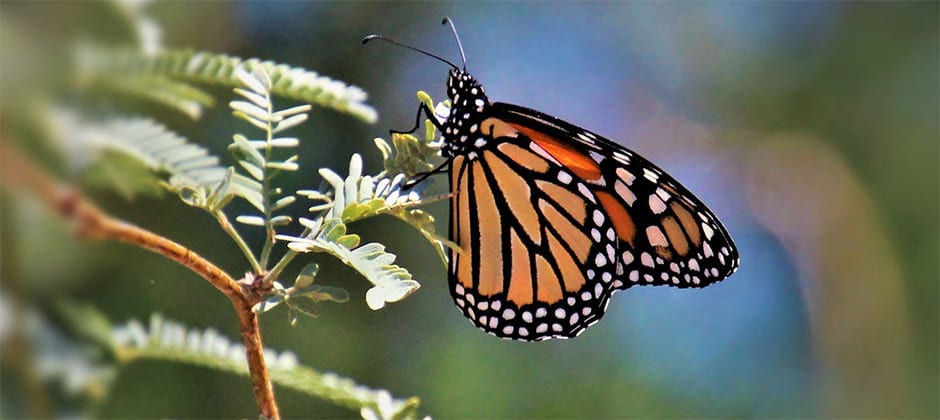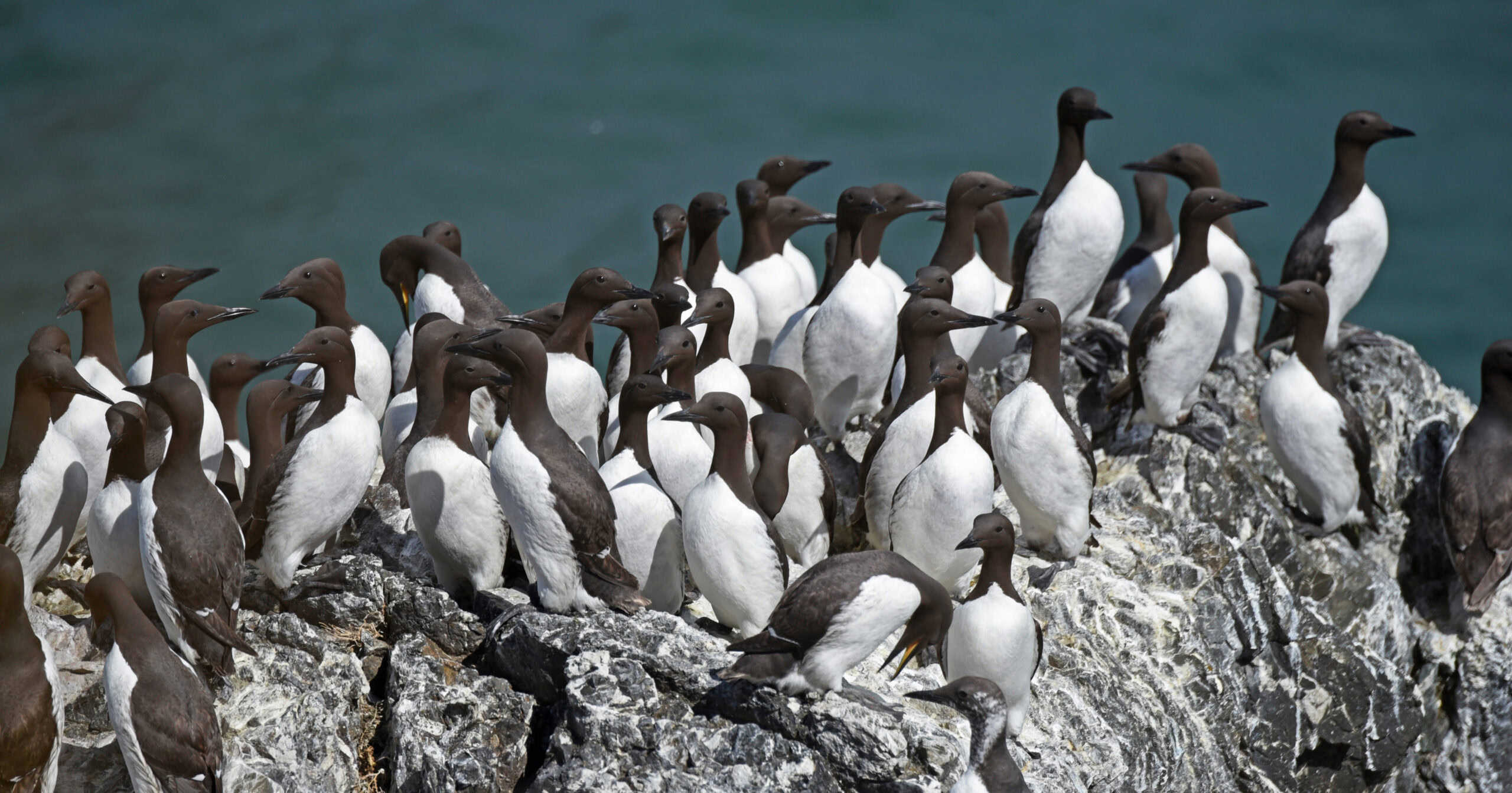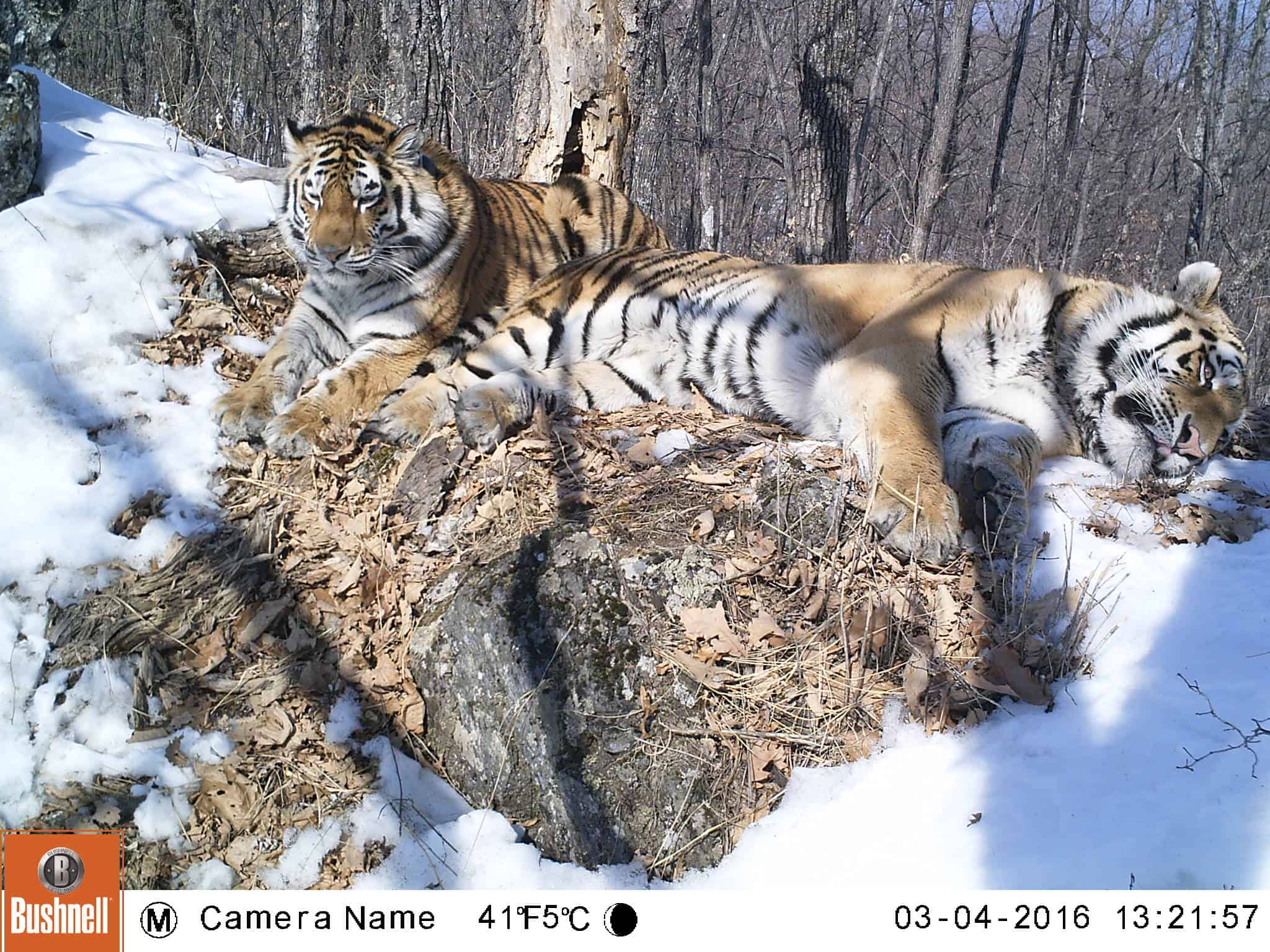Share this article
Migrating insects surf on winds and warmth
Migrating insects speed up their travel time by sailing on wind and warmth, according to recent research.
This discovery helps us understand the ways that insects like dragonflies or butterflies, which provide pollination services and food for animals higher up the food chain, may be affected by climate change.
“Billions of insects around the world migrate,” said Samantha Knight, a program manager at the Nature Conservancy of Canada and the lead author of a study published recently in Biology Letters. “They represent a huge transfer of biomass and nutrients between distant places.”
But these insects aren’t doing very well. Knight, who also conducted other recent research about how roadside mowing affects monarch environments, said that researchers have found that 40% of insect species are facing extinction, and migratory insects may be particularly vulnerable since they traverse so many climatic niches and ecosystems, each with its own set of potentially fragile factors.
Knight, who conducted the research while working on research at the University of Guelph in Ontario, and her co-authors wanted to get a better idea of how migrating insects use environmental cues in their movements. They equipped tiny, 300-milligram tracking devices to butterflies and dragonflies they captured in the wild on the Bruce Peninsula on the Canadian side of Lake Huron. They tagged 43 monarch butterflies (Danaus plexippus), which are seeing declines across their range, and 38 green darner dragonflies (Anax junius), which conduct multi-generational migrations from Canada and the northeastern United States to Florida and possibly beyond.
They tracked the insects through the Motus Wildlife Tracking System, a system of towers throughout Canada and the eastern U.S.
“We’re actually the first study to put small little devices on insects that can be picked up by towers during migration,” Knight said.
They managed to collect data from six individuals from each species, tracking one as far as Indiana. Some managed to travel over 60 miles in a single day, including a monarch that flew nearly 89 miles.

A green darner is affixed with a tiny tracking device. ©Grace Pitman
They also calculated the insects’ speed. While monarchs flew an average of 7.5 miles per hour and green darners an average of 10 miles per hour, the fastest green darner managed a speed of 48 miles per hour.
“[It] was a lot faster than anyone had every really anticipated,” Knight said, adding that they could likely go even faster without the heavy tags on them. “It’s pretty incredible to be able to document that.”
The insects had a helping hand though, from wind and warm weather. They found that the fastest darner’s speed was boosted by a 12-mile-per-hour tailwind. The faster monarchs achieved a speed of about 18.5 miles per hour, but about half of that speed came from a tailwind.
Knight said that the darners must be going a lot higher in the atmosphere than researchers thought in order to take advantage of faster winds. Both species need a minimum of about 50 degrees Fahrenheit for daytime flight, and they speed up as it gets warmer, though temperatures warmer than 73 degrees may slow them down.
Contrary to their expectations, the researchers discovered that rain seemed to have no effect on their flight speed, though they are unsure whether it was because light rains simply didn’t affect them or because they made up for lost time after storms.
The discoveries are important for understanding the way these insects might be affected by climate change in the future, Knight said — especially since so little is known about how they migrate.
“They play really important roles in the ecosystem. Losing them could have really wide-ranging consequences that we probably can’t foresee,” she said.
Header Image: Researchers recently found monarchs flew an average of 7.5 miles per hour. ©Renee Grayson








